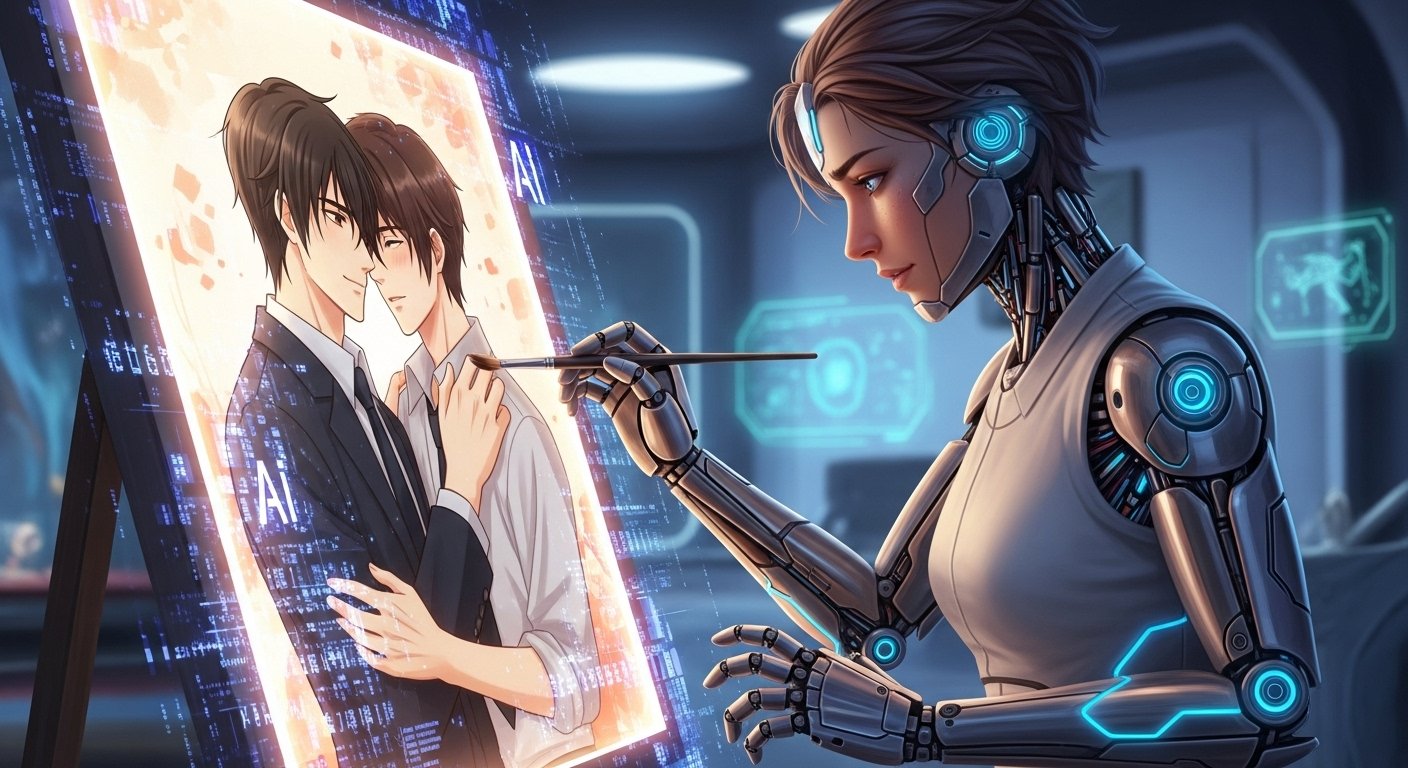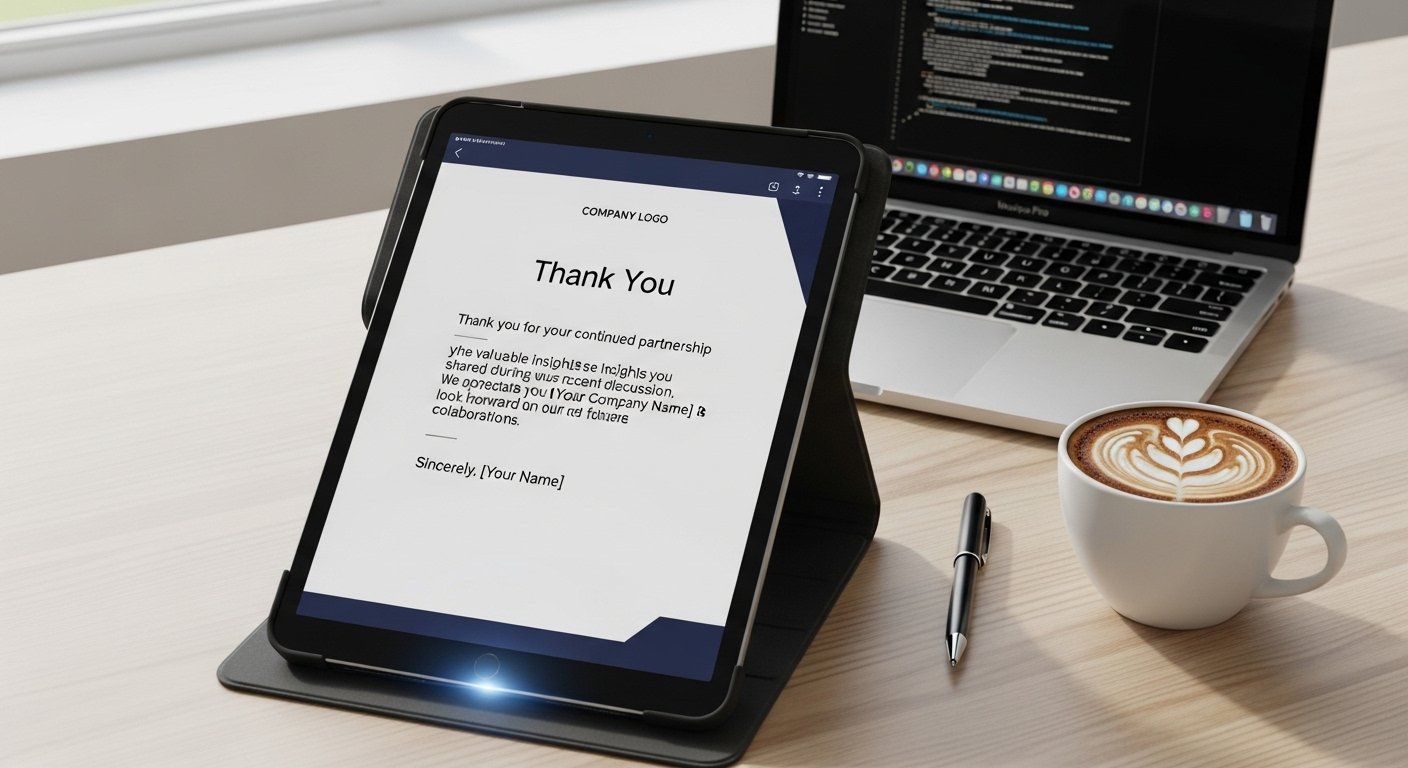In recent years, the term “AI yaoi” has begun to surface in creative and fan communities. Simply put, it refers to the use of artificial intelligence (AI) to generate, augment or inspire yaoi (also known as Boys’ Love or BL) content: art, stories, visuals of romantic relationships between male characters. This topic is important for several reasons: it brings together cutting-edge generative tools, niche but passionate fandoms, and emerging questions around creativity, authorship and ethics.
Whether you’re a fan of yaoi, an AI-curious creator, or someone interested in digital culture, understanding AI yaoi helps you see how technology is changing romantic fantasy genres, what opportunities it introduces—and what risks or debates arise. In this article we’ll define AI yaoi, explore how it works, examine real-life examples, look at legal/ethical issues, and contemplate its future.
What is AI Yaoi?
Defining the Keyword “AI Yaoi”
At its core, AI yaoi means yaoi-style content that is generated or heavily influenced by AI tools. For example:
-
A model that creates anime-style male characters in romantic poses.
-
An AI text-generator writing a fanfiction with a Boys’ Love relationship.
-
A hybrid artwork where an artist uses AI to generate bases or backgrounds, then overlays their own drawing.
Why the Term Matters
The “AI” prefix signals a shift: no longer purely human-drawn or human-written BL content, but one that uses advanced tools (text-to-image, image-to-image, deep learning) to help produce it. This has implications for production speed, accessibility (anyone can try), and also for how fandom communities view originality and authenticity.
How It Fits Into the Broader Yaoi / BL Landscape
To fully appreciate AI yaoi, it helps to know a little about the yaoi genre (also called Boys’ Love). This genre typically features romantic or erotic stories about male–male relationships, originally produced in Japan but with global fandom. AI yaoi is a new variant — combining the traditional genre with generative technologies.
How Does AI Yaoi Get Made?
Tools & Techniques
Here are some of the methods behind AI-enabled yaoi creation:
-
Text-to-image models: Using a prompt like “bishōnen couple under cherry blossoms, soft pastel anime style” can produce romantic yaoi-style visuals.
-
Image-to-image or style transfer: Starting with a sketch or reference art, then using AI to refine or stylise it in a yaoi aesthetic.
-
AI text generation: Prompting a model to write scenes, dialogues, or fanfiction of male–male relationships in yaoi form.
-
Hybrid workflows: A human artist uses AI to generate base poses/backgrounds then draws or edits over them for final polish.
Real-Life Example
A blog post by Runway Gen‑4 and others notes how generative AI is being used for “yaoi manga online” where creators can rapidly visualise fantasy worlds for Boys’ Love narratives.
While not exclusively “yaoi”-labelled, research shows AI-generated art is increasingly indistinguishable from human work.
Why Creators Use It
-
Faster production: What took hours or days can now take minutes.
-
Accessibility: More people can experiment with yaoi aesthetic without extensive drawing skills.
-
Style variation: AI models can switch between styles (realistic, chibi, pastel) easily.
-
Idea generation: Even if human-finalised, AI gives “what if” variations for inspiration.
Limitations & Considerations
-
Quality may vary: AI may fail on anatomy, consistency, or produce artefacts.
-
Originality concerns: Are generative outputs truly fresh or remix/reuse of existing styles?
-
Licensing/data issues: Many AI tools are trained on large datasets of images (some may be copyrighted).
-
Community perception: Some fans of traditional drawn yaoi may feel AI versions lack the “human touch”.
Why AI Yaoi Is Gaining Traction
Fandom Growth & Global Reach
The yaoi/BL genre has grown beyond Japan to global online communities. With more digital art platforms, streaming, social media and commissions, there is more demand for niche content and rapid production. AI lowers barriers.
Technological Advancements
Modern generative AI (text-to-image, GANs, diffusion models) have improved dramatically in recent years. Research shows AI-generated art is challenging to distinguish from human art. This means niche genres like yaoi can benefit from higher-quality output from non-specialists.
Creative & Business Opportunities
-
Artists may use AI as a tool to produce more work or explore new styles.
-
Publishers or independent creators of BL content might use AI to prototype or visualise faster.
-
Merchandising (e.g., posters, print-on-demand) may incorporate AI-generated yaoi imagery.
Accessibility & Democratization
AI allows fans of yaoi who may not be professional artists/writers to create their own content. This fosters democratization: more diverse voices, more experimentation, more cross-cultural remixing.
Ethical, Legal & Social Issues in AI Yaoi
Ownership, Copyright and Training Data
One major question: when an AI model generates a yaoi image/story, who owns it? Many models are trained on massive image datasets, sometimes without explicit permission from original artists. For example, research on AI-art detection highlights these concerns. In the yaoi context, where many artists work independently or fan-create, this becomes ethically sensitive.
Authenticity and Fan Reaction
Some fans or artists argue that yaoi created entirely by AI lacks the “soul” of human-made work. Others celebrate it for the possibilities. How the community accepts AI-yaoi may depend on transparency (whether creators declare they used AI) and originality (how much human edit remains).
Potential for Misuse
Because yaoi often intersects with erotic or semi-erotic content (and since AI can generate adult imagery), the risk of misuse is real. For example: generating non-consensual, under-age, or otherwise unethical content. Indeed, studies on generative AI pornography highlight how AI-tools can enable creation of sexual content with minimal oversight. Creators & platforms must be aware of community guidelines, local laws and age restrictions.
Diversity, Representation & Bias
Traditional yaoi has been critiqued for idealising young-male aesthetics and not always reflecting realistic gay relationships. When AI models are trained on typical yaoi art styles, they may reinforce these tropes rather than challenge them. On the other hand, AI could allow under-represented creators to depict alternative styles more easily.
Detectability & Transparency
Given that AI-generated art and stories are increasingly convincing, there is a question of whether platforms, publishers or communities require disclosure of AI-use. Research shows that distinguishing AI-versus human art is technically difficult. For fan communities concerned with authenticity, this becomes a social and trust issue.
How to Create or Engage with AI Yaoi (Best Practices)
If you’re interested in exploring AI yaoi—either as a creator or a consumer—here are some tips to do so thoughtfully:
For Creators
-
Define your intent: Are you using AI to prototype, to fully generate, or to assist human-drawing/writing?
-
Use decent prompts: For visuals, try descriptive prompts (e.g., “romantic yaoi couple, sunset lighting, anime style, young adult, subtle blush”).
-
Human-touch editing: Consider refining AI output by hand for consistency, character identity and uniqueness.
-
Respect rights/data: Check the license of the AI tool, and be mindful if you’re publishing commercially.
-
Label accordingly: If you share AI-assisted work, consider mentioning that AI tools were used, for transparency in the community.
-
Stay within platform rules: Especially for adult-oriented content, respect platform guidelines and local laws.
For Fans / Consumers
-
Explore AI-yaoi as a new creative frontier—see how it contrasts with traditional drawn BL.
-
Ask creators about how much AI-vs-human input is used (if relevant to your interests).
-
Be mindful of the ethics: the origin of AI-models, potential for misuse, representation issues.
-
Support human-artists making unique work, even if AI tools are involved.
The Future of AI Yaoi – What’s Next?
More Advanced Tools
As generative models improve (higher resolution, better character consistency, longer narrative text), we’ll likely see more sophisticated AI-yaoi: animations, interactive stories, even VR/AR experiences. A platform blog recently pointed to how tools like Runway Gen-4 are already enabling more cinematic-quality character generation.
Hybrid Human-AI Collaborations
Rather than AI replacing human creators, a more likely scenario is collaboration: AI as co-creator, human as director/editor. This blend preserves the human touch while leveraging speed and variation.
Legal / Platform Frameworks
Expect more discussion around licensing, disclosure (did you use AI?), and platform rules (especially for erotic content). Communities that host yaoi-art will likely adapt policies for AI-generated content.
Diversity of Style and Story
With AI lowering barriers, more creators from different geographies, gender identities and cultural backgrounds may bring their twist to yaoi aesthetics. This could lead to fresh sub-genres, cross-culture mashups, or expansions of what “yaoi” means.
Ethical & Cultural Dialogue
Finally, the intersection of AI and yaoi will fuel more conversations about representation (gay relationships, queer identity), creative ownership, authenticity, and what fandom values going forward.
Why This Matters for You (the Reader)
Whether you’re a creator, fan, or curious observer, here’s why this topic matters:
-
For creators: It opens new tools and workflows for expression in a niche genre you love.
-
For fans: It offers fresh content styles and raises awareness of how technology shapes what we consume.
-
For culture: It touches on how AI is reshaping creative industries, fandom communities, niche genres, and what authenticity means.
-
For ethical awareness: It reminds us to ask about ownership, transparency, representation—all of which are relevant as AI continues to evolve.
Conclusion
In summary, AI yaoi marks an intriguing convergence of technology and niche romantic fantasy: the use of artificial intelligence to generate, assist or inspire yaoi/Boys’ Love content. We’ve explored what it is, how it’s made, why it’s gaining traction, the ethical and legal risks, best practices for creators and fans, and what the future might hold. Whether you dive into creating AI-yaoi or simply watch its evolution, it’s a fascinating space that raises important questions about creativity, fandom, technology—and human connection through art. If you’re curious to explore further, start small (maybe experiment with AI tools or commission a hybrid piece) and consider both the creative possibilities and the responsibilities.
FAQs
Q1: Is AI yaoi legal?
A: That depends on the tool’s licensing, your local laws (especially around erotic content), and whether the output uses copyrighted data. Using AI for personal, non-commercial creation is generally safer than commercial publication without checking rights.
Q2: Will AI replace human yaoi artists?
A: Unlikely in the near term. While AI tools can assist or automate some tasks, human creativity, editing, storytelling, unique style and emotional nuance remain valuable. Most expect a human-AI collaboration model.
Q3: How can fans tell whether a yaoi artwork was made using AI?
A: It’s difficult with current technology to always tell. Some giveaways: very unusual consistency issues (e.g., anatomy oddities), artifacts, lack of clear signature style. Many creators disclose their use of AI for transparency.
Q4: Is AI yaoi ethically safe?
A: It can be—but you must be aware of risks: generation of under-age characters, non-consensual scenes, reinforcing stereotypes, or using models trained on questionable data. Responsible creators/fans will set boundaries and follow community norms.
Q5: Where can I try creating AI yaoi myself?
A: You can start with general text-to-image or anime-style AI tools (make sure they allow erotic or mature content if that’s your goal). Then experiment with prompts aligned to yaoi aesthetic (e.g., “young adult male couple, soft lighting, anime style, intimate but tasteful”). Refining and editing by hand will improve quality.








Leave a Reply